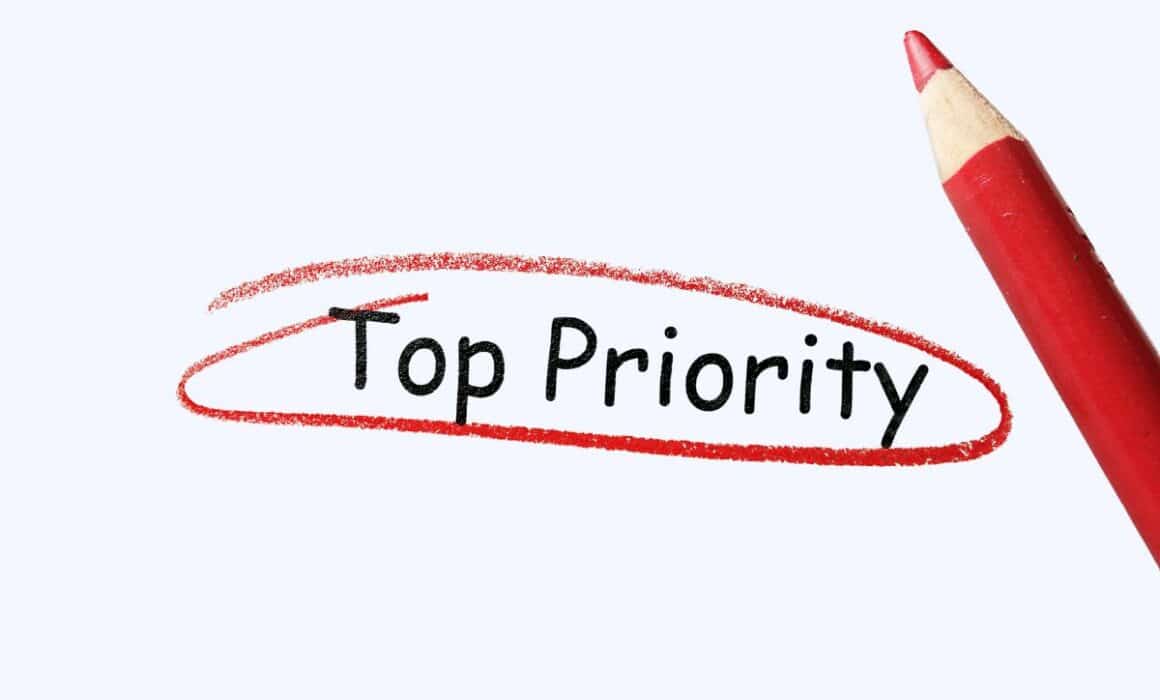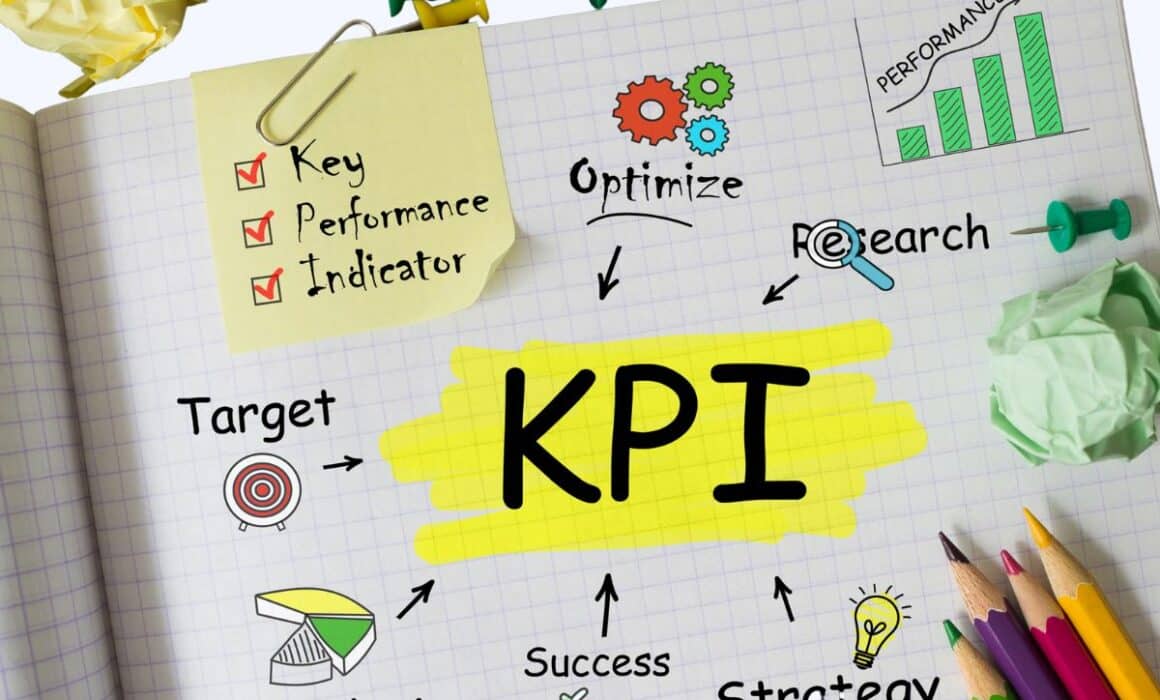Action Priority Matrix: Prioritising Tasks And Improving Efficiency
The action priority matrix is an essential time-management tool for product managers. It is a diagram where you can classify tasks based on their level of importance. It’s also where you can plot which tasks have a high impact and the effort spent to choose which to prioritise.
This useful tool will help you arrange several tasks to clarify the area you should work on first.
Additionally, it provides a clear view of your projects to your team members. It also helps avoid the consequences of not finishing high-priority tasks on time.
Read more about the action priority matrix, its purposes, and how to create it to organise your work.
Table of Contents
- What is the action priority matrix?
- What are the four categories of an action priority matrix?
- How to create an action priority matrix?
- When to use an Action Priority Matrix?
- Examples of Action Priority Matrix
- Conclusion
- Machine Learning In Finance: 12 Essential Applications
- How To Create Interactive Compliance Training For Bank Employees
- How Fintech Apps Are Using Gamification To Increase User Engagement
- Top Gamification Companies for Employee & Customer Engagement
What is the action priority matrix?
Stephen Covey presented the prioritisation matrix concept as a highly effective people’s habit. According to Covey, time management is not only how you spend your time. It’s also about how you see which tasks offer the most impactful results so that you can prioritise them.
It’s a four-category diagram grouped according to your priorities. Today, millions of people use the prioritisation matrix. This matrix is like a to-do list, except it does more than list your tasks.
There are two determining factors in how it groups tasks, impact and effort.
Prioritise tasks based on low-effort and high effort
How much impact a task has depends on your judgement. It could be the amount of profit it can generate. But it could also be the importance of a client or product or how it could help with your promotion.
Meanwhile, how much effort you’d need for a task is much easier to measure. This includes how complex the work is and how much time you’ll need to finish the activity.
If you keep these two categories in mind, you can create your action priority matrix. The diagram’s horizontal axis displays how much impact your activities have. Moreover, the matrix’s vertical axis shows how much effort your tasks need.
Because this diagram is a quadrant, a task’s impact and needed effort are only measured in two, high and low.
What are the four categories of an action priority matrix?
An action priority matrix is easy to make because it only has four categories for each task. Impact and effort are its primary categories. The impact is on the priority matrices’ y-axis, while effort is on the x-axis.
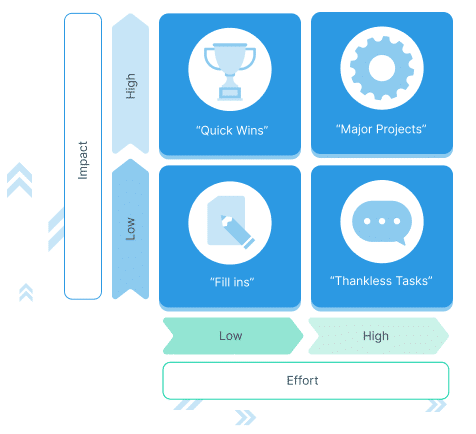
Source: Process.st
But you must further split these into high and low-priority tasks. Here are the four categories under the action priority matrix and their descriptions:
#1. Quick wins
This first quadrant has a high impact but only requires low effort. Tasks in this quadrant can help you gain more profit for a product, offer more exposure, and more. But, even with their high rewards, these tasks are quick to finish. That is why you should do activities in this quadrant first.
#2. Major project
Major projects have activities as impactful as those in the first quadrant. But they need high effort to finish. Activities in this quadrant are time-consuming. If you want to do this first, you can. But if you aim to make quick but fruitful results, prioritise quadrant one before this.
#3. Fill-ins
This third quadrant has low-impact tasks. Fill-ins also only need low effort to finish. Activities that fall into this quadrant are often diminished or done last.
#4. Thankless tasks
This includes low-impact but energy-consuming tasks. Professionals often decline projects in this quadrant.
How to create an action priority matrix?
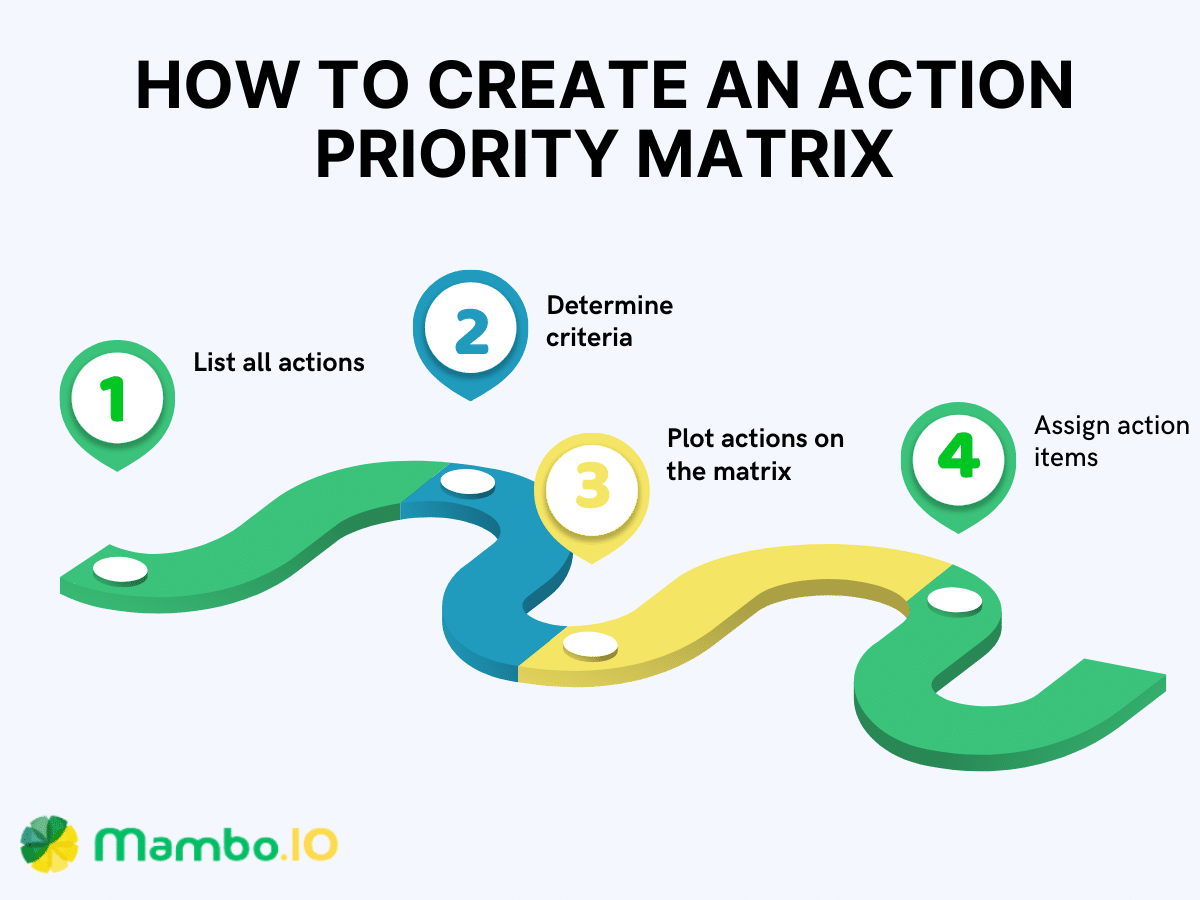
Making and arranging tasks in your action priority matrix can be challenging. This is especially true if you have several activities to organise. But as soon as you finish it and use it for your work schedule, you can have more time for yourself or other tasks.
Here’s a guide on how to create your action priority matrix for the products you manage:
#1. List all actions
Before you plot which quadrants your tasks belong to, visualise all your activities. Doing this will help you see how many projects you must complete.
#2. Determine criteria
As stated, making an action priority matrix means measuring a task’s priority level. You can list your criteria and put them on a table to judge a task’s impact and needed effort.
To assess a task’s impact, consider the benefits it will give you. You can check how much profit it will generate or if it will provide you with professional exposure. Remember also to consider how it will affect your long-term objectives.
Meanwhile, to determine the effort required, consider how much time a task takes. You can also keep in mind how complex the project is.
#3. Plot actions on the matrix
Score each task based on the criteria you set for an activity’s impact and required effort. Then, determine whether the scores are low or high. Afterwards, continue by finally plotting each of them on your matrix.
A project with high impact but low effort should go in the ‘Quick Wins quadrant’ or the upper left square. Meanwhile, projects with high impact and effort go into the ‘Major-Projects Quadrant’.
Activities with relatively little effort go into the ‘Fill-Ins quadrant’. Projects with low impact but high effort will go to the ‘Thankless Tasks’ quadrant’.
#4. Assign action items
As long as you have plotted all the action items on your action plan matrix, you can start to assign tasks. If you have a team with you, you can also begin giving them the projects to prioritise based on the matrix.
You should prioritise the first two quadrants with high-value tasks. Whether you do the ‘Quick Wins’ or ‘Major-Projects quadrant’ first depends on you.
To do quick projects, prioritise activities in your ‘Quick Wins’ quadrant’. But, to get time-consuming and high-effort tasks over with, prioritise the ‘Major-Projects quadrant’.
After finishing the first and second quadrants, do the activities on the last two squares. Finish the ‘Fill-Ins’ first, then the ‘Thankless Tasks’, or decline to do them.
When to use an Action Priority Matrix?
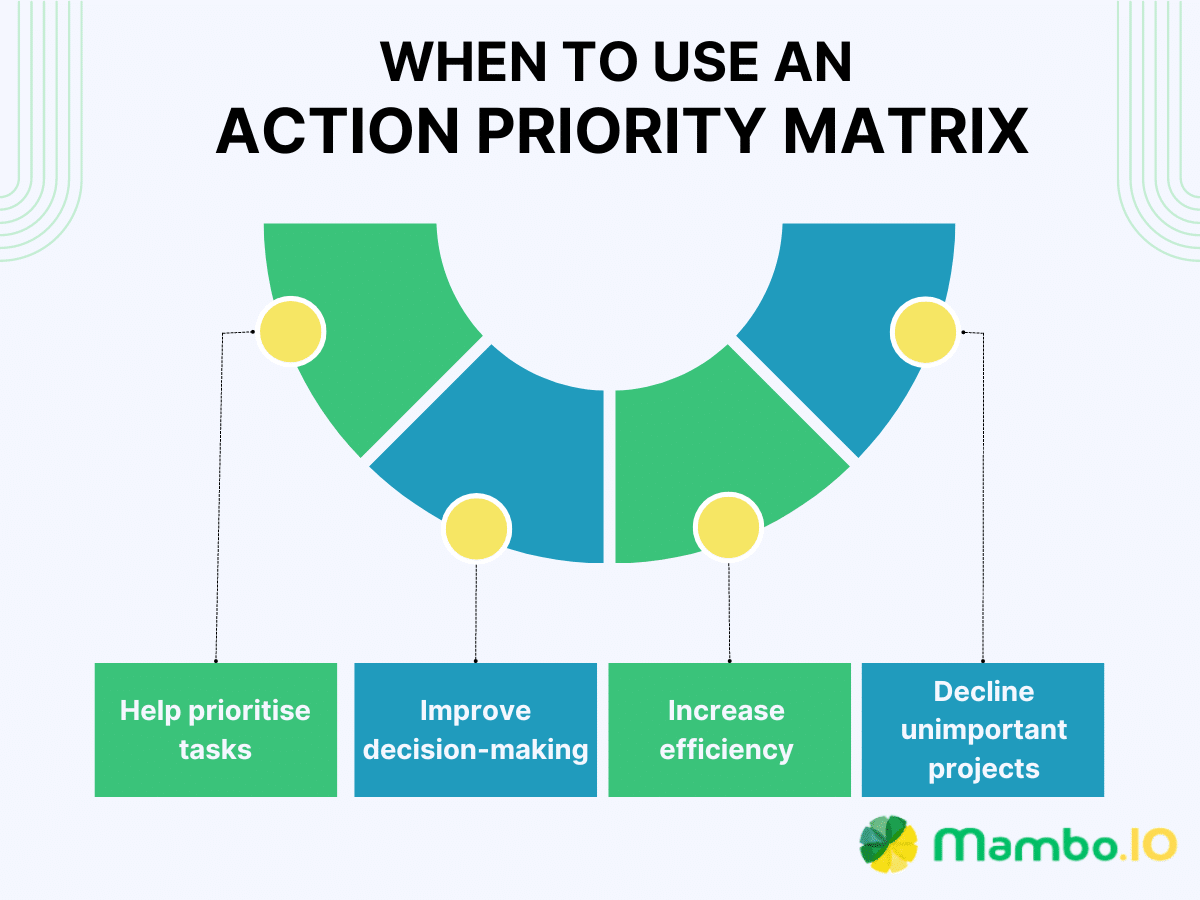
Knowing when to use it is vital now that you’ve learned how to make an action priority matrix. Knowing how it will help you is essential for this. As a product manager, you can use this matrix as a way to:
Help prioritise tasks
Knowing which to do first can be confusing when you have an unorganised list of activities. Research shows that only 18% of individuals have a specific time-management system. So to avoid dealing with whatever task comes up at the moment, use the action priority matrix.
Additionally, you can assign tasks based on the matrix if a team is working with you. The priority matrix can help them manage their limited time to finish tasks.
Improve decision-making
The action priority matrix diagram will help you decide which projects deserve prioritisation. Aside from this, it will help you avoid prioritising a project based only on its external factors. Instead, it allows you to judge tasks objectively.
Increase efficiency
The action priority matrix will help you become an effective product manager. It will help you achieve work-life balance by clarifying which projects need attention.
Because of this, you can maximise your limited work hours. It will also help your team exert their efforts on tasks that benefit them.
Decline unimportant projects
Don’t spend your time and resources on projects that will not benefit you. The action priority matrix helps assess which tasks to decline to decrease workload. Additionally, this will provide you with spare time for other projects.
Examples of Action Priority Matrix
When you use the action priority matrix, ensure it’s easy to understand. Do this by using simple words and short phrases.
Furthermore, include a specific board for details of important tasks. Phrases like “high priority” or “low priority” are insufficient. Instead, you can include a clear timeline for each project for better understanding.
For instance, on the Quick Wins quadrant, put “Respond within 15 minutes” as a side note. Doing this will help if you collaborate with your group members so they know how urgent the task is.
Moreover, having specific deadlines for tasks in each quadrant is crucial. You can set a deadline within two days, three days, or a week, depending on which quadrant an activity belongs to. Also, you can tag project members for this so they know their task deadlines.
Do these for your prioritisation matrix template to spend less time scheduling projects.
Conclusion
The Action Priority Matrix is a popular tool for managing your time and tasks for work and daily life. It includes a four-quadrant diagram where you can plot activities.
This matrix classifies your tasks according to their impact and the effort needed. It will help choose tasks to prioritise, achieve work-life balance, and increase efficiency.
With Mambo’s gaming elements, you can prioritise user engagement with your product. Mambo also provides free resources to help you manage tasks easily.
So if you want to learn more about how Mambo can help you, contact us today!
Download your free
“Gamification Guide”
Get your PDF now and start transforming your approach to digital engagement!
Latest Posts
Machine Learning In Finance: 12 Essential Applications
The impact of machine learning on finance is significant. Thanks to this technology, financial institutions are now equipped to make efficient decisions. Through the analysis of data sets, machine learning […]
How To Create Interactive Compliance Training For Bank Employees
Banking compliance training isn’t just another task. It’s the stage where everything else performs. Banks must navigate a myriad of regulations and laws. After all, this is a trust-driven, high-stakes […]
How Fintech Apps Are Using Gamification To Increase User Engagement
Discover how gamification in fintech is revolutionizing financial engagement, making banking fun & boosting user loyalty.
